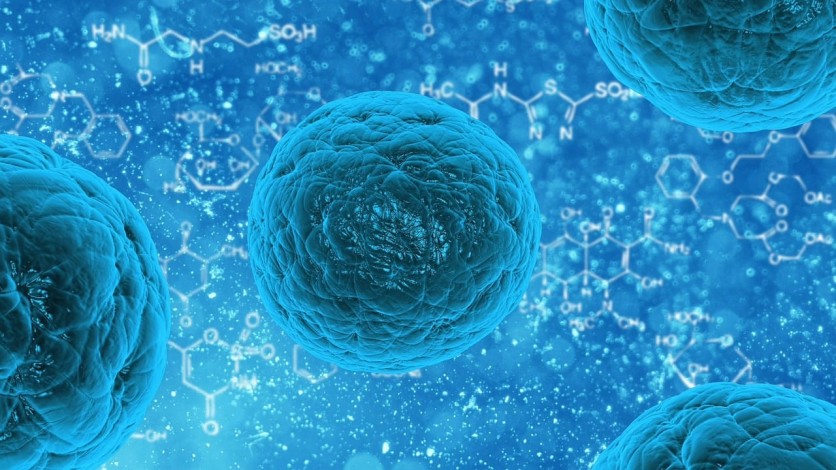Researchers from the Mechanisms of Inherited Kidney Disorders (MIKADO) group at the University of Zurich have harnessed the power of generative artificial intelligence (AI) to identify potential drug targets for the rare genetic disease cystinosis.
The team, in collaboration with Insilico Medicine and other institutions, employed Insilico Medicine's generative AI target discovery engine called PandaOmics to pinpoint actionable drug targets and validate them in preclinical models.

PandaOmis Platform
Cystinosis is a rare genetic disease characterized by the abnormal buildup and accumulation of the amino acid cystine within cells throughout the body. This accumulation occurs due to a defect in the transport protein responsible for moving cystine out of the cells.
Nephropathic cystinosis is the most severe and common form of the disease, typically manifesting in early childhood. Excessive cystine crystals can cause damage to various organs, particularly the kidneys. Over time, this progressive accumulation of cystine leads to kidney dysfunction and can ultimately result in kidney failure.
Unfortunately, there are currently no curative treatments available for children with cystinosis, highlighting the urgent need for therapeutic advancements.
The researchers focused on the role of amino acid transporters, specifically the cystinosin (CTNS) transporter, which is affected by mutations in cystinosis.
Through the application of the PandaOmics platform, an innovative approach was employed to focus on disease-target associations and identify actionable drug targets within cystinosis cells.
The AI-driven analysis identified the mechanistic target of rapamycin (mTOR) pathway as a prominent candidate. To validate these findings, the researchers conducted validation studies using preclinical models of cystinosis across different species and performed experiments on cellular systems.
The comprehensive investigations emphasized the significant role of hyperactive mTOR signaling in driving dysfunction in kidney tubular cells, presenting a potential target for cystinosis treatment.
Encouragingly, the researchers observed that treatment with the FDA-approved drug rapamycin restored the normal functioning of lysosomes and improved the dysfunction of kidney tubular cells, a key characteristic of cystinosis, in both cellular systems and animal models like rats and zebrafish.
These findings enhance the understanding of the underlying mechanisms and offer potential therapeutic targets to restore balance in cystinosis.
Read Also : AI Brain Surgery Is Coming to Hong Kong
New Insights into Cellular and Molecular Pathways
Insilico Medicine founder and CEO Alex Zhavoronkov expressed enthusiasm about the collaboration, stating, "Our AI platform has provided new insights into cellular and molecular pathways that drive life-threatening complications in cystinosis, and we hope this will ultimately lead to new treatment options for cystinosis patients."
The research collaboration between Insilico and MIKADO was initiated in March 2022 with the goal of addressing the unmet medical needs associated with cystinosis.
Professor Olivier Devuyst, head of the MIKADO group at the University of Zurich, emphasized the significance of AI-driven drug discovery in this neglected disease, aiming to bring novel breakthrough medicines to cystinosis patients and improve their quality of life.
Dr. Alessandro Luciani, principal scientist and team leader at MIKADO, added, "Ultimately, we want to improve the quality of life for those affected by the disease and bring tangible hope to thousands of cystinosis patients around the world."
The study's findings were published in the journal Nature Communications.
Related Article : Current Bird Flu Outbreak Can Easily Infect Humans, WHO Warns

ⓒ 2025 TECHTIMES.com All rights reserved. Do not reproduce without permission.




